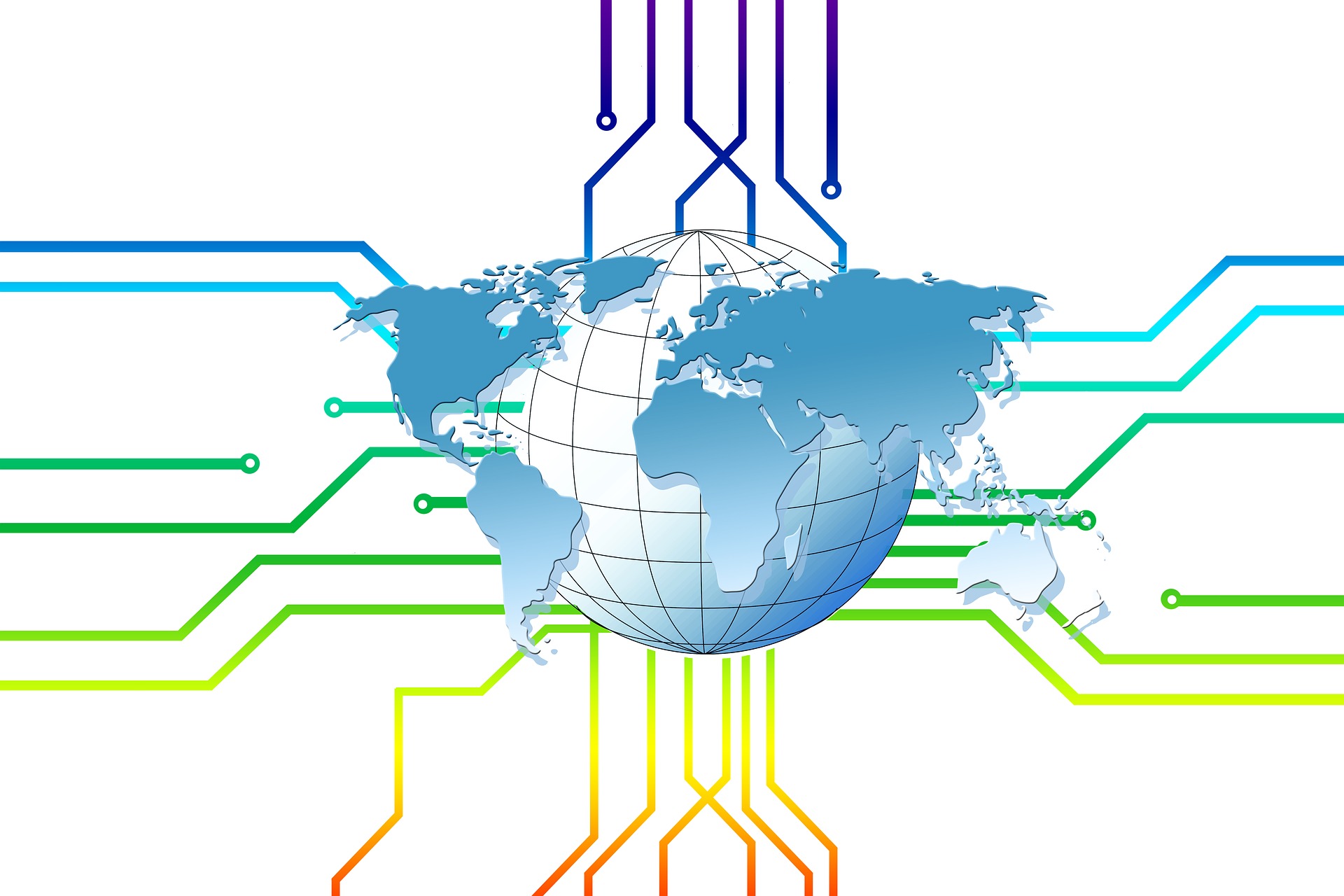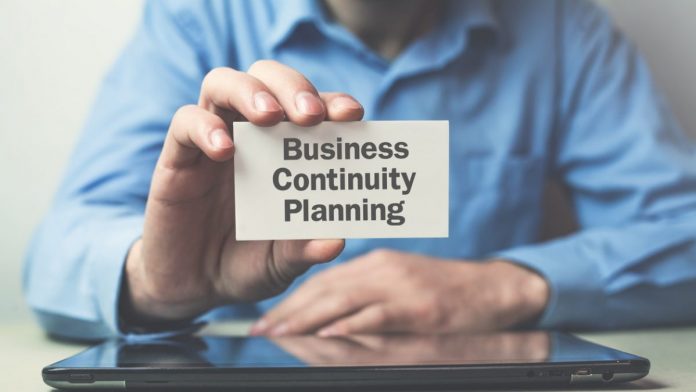Global business practices, multi-site shared processing, e-commerce, new storage architectures and specialized distributed operations are forcing new requirements for much higher levels of system availability, recoverability and continuous operating capability.
Existing Disaster Recovery and Business Continuity constructs that have grown up around a traditional hotsite model are becoming increasingly cumbersome, resulting in serious gaps developing in DR industry service levels, as evidenced by:
- An undesirable ‘Chinese wall’ that has formed between production availability and production recovery, spawning a profusion of sub-optimal contingency solutions in corporate enterprises worldwide
- Disaster Recovery programs that cover mostly site elimination events, providing little in the way of capabilities to backstop daily production exposures
- Stratified production environments with availability needs that quickly outstrip traditional DR approaches—current DR solutions are too generic, too difficult to implement, too un-supportive of production and too expensive to maintain over time
- Generic, ineffective, isolated recovery plans that have limited hope for successful execution during a disaster.
- Point-product technology implementations that address availability of a specific platform or application but do not provide continuity and durability for the business process as a whole.
- Business recovery / resumption plans that are not well matched or synchronized with any system restorations, application failover / failback processes or hotsite activities.
Today, achieving and maintaining an acceptable return on investment for contingency dollars means finding and implementing different approaches than those used in traditional contingency programs—approaches that integrate systems availability, business resumption and disaster recovery processes into continuity programs that cover daily operations as well as site disasters.






